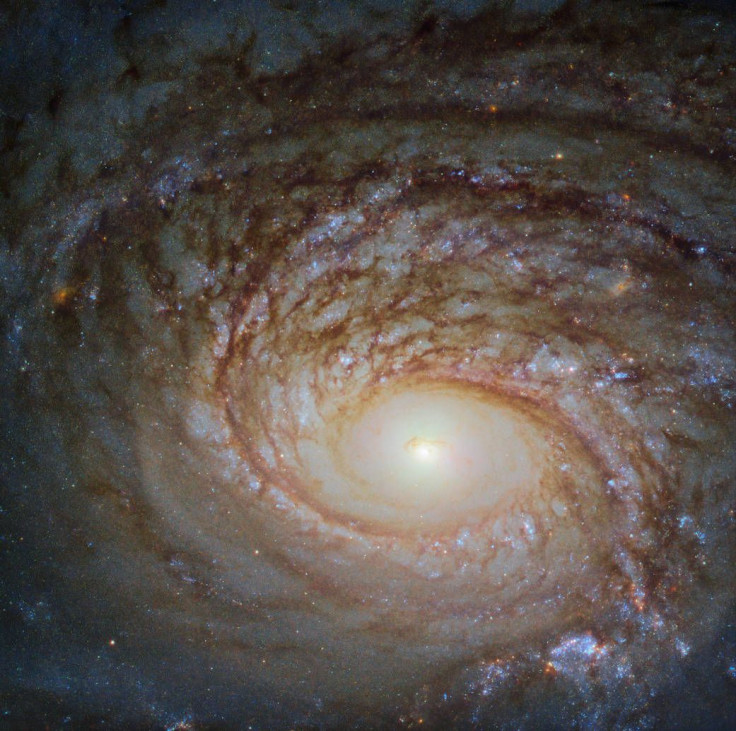NASA, ESA’s Hubble Captures Peculiar Galaxy With Distorted Features

The Hubble Space Telescope operated by NASA and the European Space Agency (ESA) was able to snap a photo of a galaxy that closely resembles Milky Way. However, the agencies noted that the galaxy has a few distinct features that make it stand out.
The subject of Hubble’s latest photo is a distant galaxy known as NGC 772. According to the ESA, this galaxy is located in the Aries constellation and is about 130 million light-years from Earth.
As seen in Hubble’s photo, NGC 772 is a spiral galaxy like Milky Way, which means it has a very distinct shape characterized by its swirling arms. Although NGC 772 and Milky Way look very similar, the former has a few features that make it stand out.
For one, NGC 772 is classified as a peculiar galaxy, which means that it has an elongated shape. The galaxy’s odd shape was caused by the other satellite galaxies surrounding it.
According to the ESA, the gravitational force of a nearby galaxy known as NGC 770 pulled one of the arms of NGC 772, causing it to appear elongated and distorted.
Aside from its shape, NGC 772 also lacks a certain feature commonly found in other galaxies. As noted by the ESA, NGC 772 is an unbarred galaxy. In cosmic terms, bars refer to the bands of bright light that formed due to the gas and dust that fall into galactic centers. Astronomers believe these contribute to the star-formation process of galaxies.
“NGC 772 is both a peculiar and an unbarred spiral galaxy; respectively, this means that it is somewhat odd in size, shape or composition, and that it lacks a central feature known as a bar, which we see in many galaxies throughout the cosmos — including the Milky Way,” the ESA explained in a statement.
“These bars are built of gas and stars, and are thought to funnel and transport material through the galactic core, possibly fueling and igniting various processes such as star formation,” the agency added.
Although NGC 772 is an unbarred galaxy, this does not automatically mean that it doesn’t have star-forming regions. Even without the bars, NGC 772 still contains clouds of dust and gas that help in the formation of new stars.
© Copyright IBTimes 2025. All rights reserved.





















